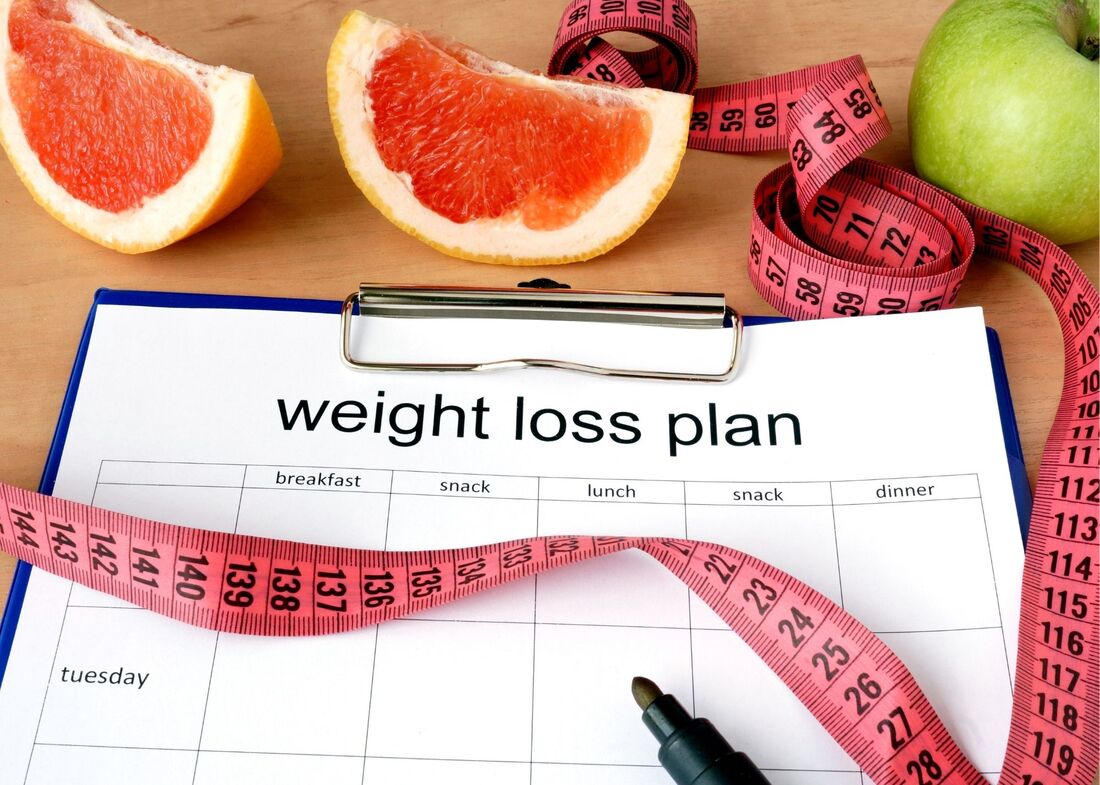All Categories
Featured
Table of Contents
-1
Leaders of military bases need to analyze their centers to recognize and get rid of problems that urge several of the eating habits that advertise obese. Some nonmilitary employers have actually raised healthy and balanced eating choices at worksite dining facilities and vending machines. Although numerous magazines suggest that worksite weight-loss programs are not really efficient in lowering body weight (Cohen et al., 1987; Forster et al., 1988; Frankle et al., 1986; Kneip et al., 1985; Loper and Barrows, 1985), this may not be the instance for the armed forces because of the greater controls the armed force has more than its "staff members" than do nonmilitary companies.
-1Nourishment experts can give people with a base of info that allows them to make knowledgeable food selections. Nourishment therapy and dietary management tend to concentrate more straight on the inspirational, emotional, and mental concerns linked with the existing task of weight loss and weight administration.
-1Unless the program participant lives alone, nutrition management is seldom efficient without the participation of member of the family. Weight-management programs may be separated right into two stages: weight management and weight maintenance. While exercise might be the most important aspect of a weight-maintenance program, it is clear that nutritional constraint is the critical part of a weight-loss program that affects the rate of weight reduction.
-1Hence, the power balance formula may be affected most considerably by lowering power intake. weight loss centre. The variety of diets that have actually been recommended is virtually numerous, but whatever the name, all diet plans consist of decreases of some percentages of protein, carb (CHO) and fat. The complying with sections analyze a variety of setups of the proportions of these 3 energy-containing macronutrients
Non-surgical Weight Loss ( Cockburn)

-1
This sort of diet plan is made up of the kinds of foods an individual generally eats, however in reduced amounts. There are a number of reasons such diet regimens are appealing, yet the primary factor is that the referral is simpleindividuals need only to adhere to the united state Division of Farming's Food pyramid.
-1In using the Pyramid, nevertheless, it is essential to emphasize the portion dimensions used to develop the recommended variety of portions. A bulk of consumers do not recognize that a section of bread is a solitary piece or that a section of meat is only 3 oz. A diet plan based upon the Pyramid is easily adapted from the foods served in group settings, including army bases, considering that all that is needed is to consume smaller portions.
-1A lot of the studies released in the clinical literary works are based upon a well balanced hypocaloric diet with a decrease of energy intake by 500 to 1,000 kcal from the person's typical calorie consumption. The United State Food and Drug Management (FDA) advises such diets as the "common therapy" for scientific trials of brand-new weight-loss medicines, to be utilized by both the energetic representative group and the placebo team (FDA, 1996).
-1The largest quantity of fat burning occurred early in the research studies (regarding the initial 3 months of the plan) (Ditschuneit et al., 1999; Heber et al., 1994). One research located that females lost extra weight between the third and 6th months of the strategy, but men shed the majority of their weight by the 3rd month (Heber et al., 1994).
Weight Loss – Lake Coogee
-1In comparison, Bendixen and colleagues (2002) reported from Denmark that meal substitutes were connected with negative results on fat burning and weight upkeep. Nonetheless, this was not a treatment research study; individuals were adhered to for 6 years by phone meeting and data were self-reported. Out of balance, hypocaloric diet regimens restrict one or even more of the calorie-containing macronutrients (protein, fat, and CHO).
-1A lot of these diet plans are published in books targeted at the lay public and are commonly not written by health and wellness professionals and usually are not based upon sound clinical nutrition principles. For a few of the nutritional programs of this kind, there are couple of or no research publications and essentially none have been researched long-term.
Weight Loss Groups – Lake Coogee 6166
-1The significant sorts of out of balance, hypocaloric diets are talked about below. There has actually been substantial debate on the ideal proportion of macronutrient intake for adults. This research usually contrasts the amount of fat and CHO; nonetheless, there has actually been enhancing passion in the function of healthy protein in the diet plan (Hu et al., 1999; Wolfe and Giovannetti, 1991).
-1The size of these researches that took a look at high-protein diet regimens only lasted 1 year or much less; the long-lasting safety and security of these diets is not known. Low-fat diets have been among the most commonly used treatments for excessive weight for several years (Astrup, 1999; Astrup et al., 1997; Blundell, 2000; Castellanos and Rolls, 1997; Flatt, 1997; Kendall et al., 1991; Pritikin, 1982).
-1Results of recent research studies recommend that fat constraint is also useful for weight upkeep in those that have shed weight (Flatt 1997; Miller and Lindeman, 1997). Dietary fat decrease can be accomplished by counting and limiting the number of grams (or calories) taken in as fat, by restricting the consumption of certain foods (for instance, fattier cuts of meat), and by substituting reduced-fat or nonfat versions of foods for their higher fat equivalents (e.g., skim milk for whole milk, nonfat icy yogurt for full-fat ice lotion, baked potato chips for deep-fried chips) (Dywer, 1995; Miller and Lindeman, 1997).
-1A number of aspects may add to this seeming opposition. All people appear to precisely undervalue their consumption of dietary fat and to lower regular fat intake when asked to record it (Goris et al., 2000; Macdiarmid et al., 1998). If these outcomes show the general tendencies of individuals completing dietary studies, after that the amount of fat being eaten by overweight and, perhaps, nonobese individuals, is better than routinely reported.
Gastric Band
-1They found that low-fat diet plans constantly demonstrated considerable weight loss, both in normal-weight and overweight people. A dose-response relationship was additionally observed because a 10 percent decrease in nutritional fat was anticipated to generate a 4- to 5-kg weight loss in a private with a BMI of 30. Kris-Etherton and associates (2002) found that a moderate-fat diet (20 to 30 percent of power from fat) was more probable to promote weight-loss due to the fact that it was simpler for patients to abide by this sort of diet regimen than to one that was badly restricted in fat (< 20 percent of energy).

-1
Very-low-calorie diets (VLCDs) were used extensively for weight loss in the 1970s and 1980s, however have actually come under disfavor recently (Atkinson, 1989; Bray, 1992a; Fisler and Drenick, 1987). FDA and the National Institutes of Health define a VLCD as a diet that gives 800 kcal/day or much less. rapid weight loss. Considering that this does not think about body dimension, an extra scientific definition is a diet that provides 10 to 12 kcal/kg of "desirable" body weight/day (Atkinson, 1989)
-1The servings are consumed three to 5 times each day. The key objective of VLCDs is to create reasonably quick weight reduction without considerable loss in lean body mass. To achieve this goal, VLCDs typically offer 1.2 to 1.5 g of protein/kg of desirable body weight in the formula or as fish, lean meat, or fowl.
Latest Posts
How Do I Choose A Weight Management Dietitian Service?
Best Dietician
What Is The Best Nutritionist And Dietitian Service?